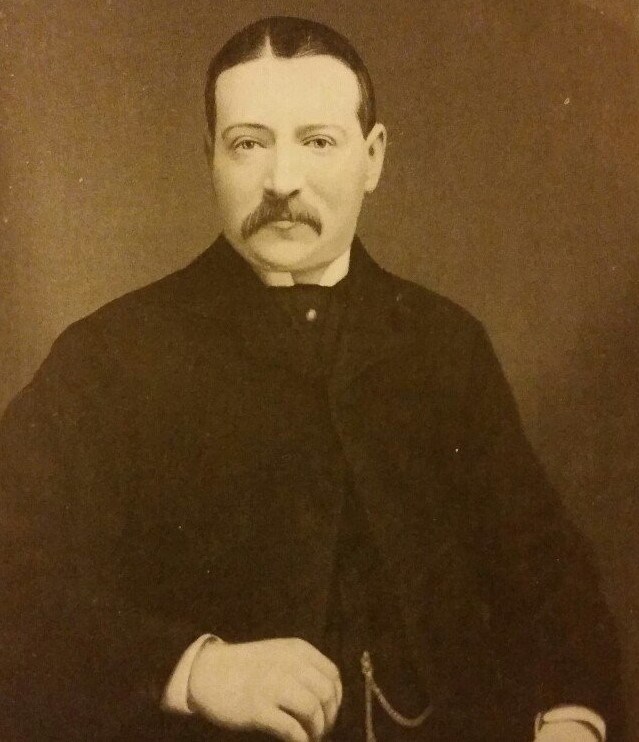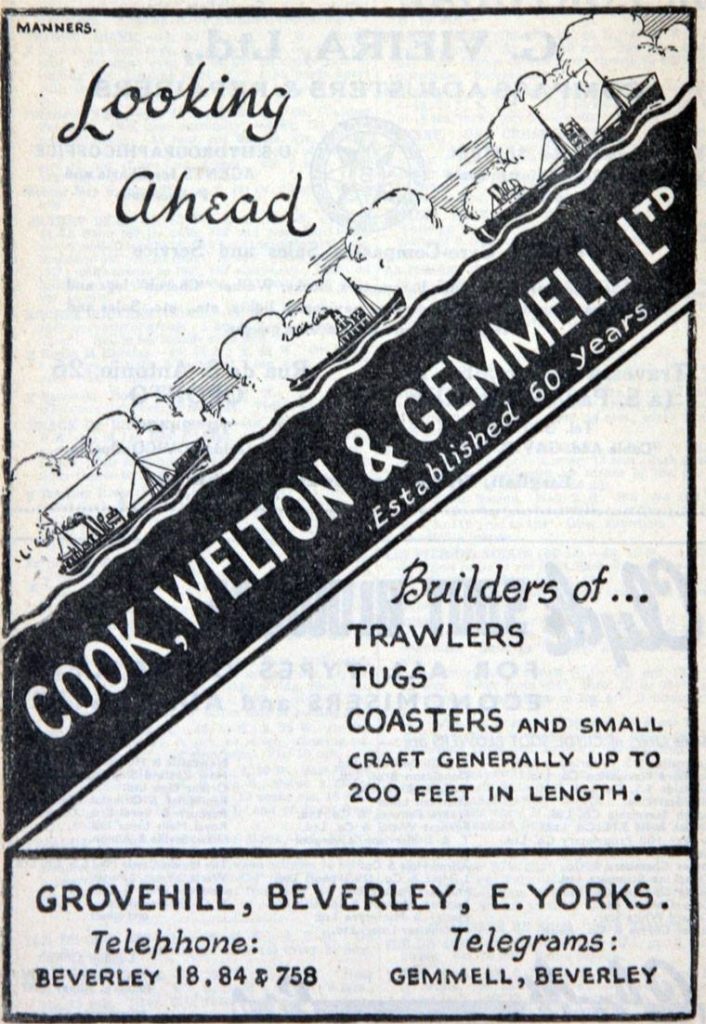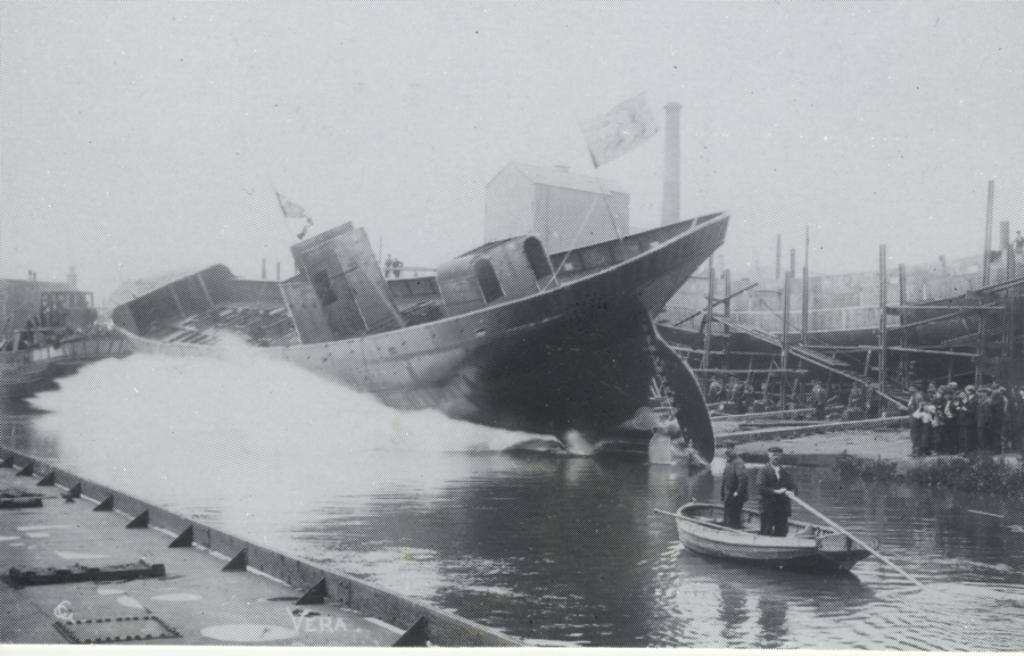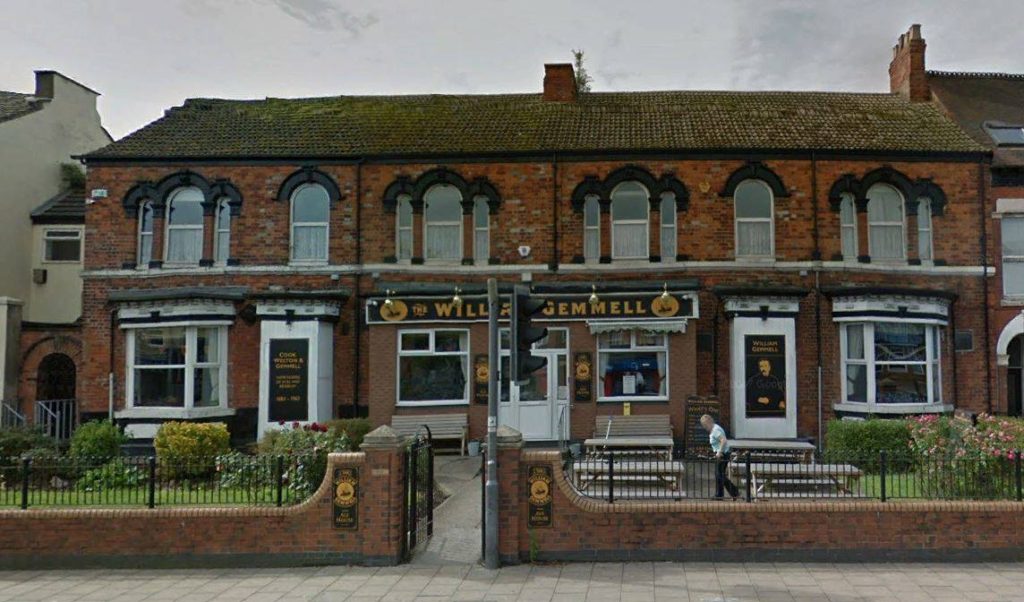Sometimes, you know you are going to have a bad day. From when you get up to when you go to bed things just keep on going wrong. This month’s anniversary celebrates – if that’s the right word – a bad week for a number of people.
The clergy attack
Back in April 1858 John Shields had a bad week. On Thursday, the 1st of April Mr Shields had to defend himself against some criticism from the clergy. Mr Graham, the curate of Holy Trinity, approached the Board. He said that the superintendent had used, ‘most gross and insulting language towards him when in the discharge of his clerical duties.’
Sadly, what was said or not said, was not recorded. However, the Board said they would investigate and called Mr Shields before them. The Board may also have been wanting to be seen to do the right thing. However, the Board must also have had misgivings about Mr Graham’s evidence.
This was because the clergy of Holy Trinity parish had long held some resentment towards the Cemetery. With the coming of the Cemetery the burials in the Holy Trinity churchyard and the Castle Street burial ground had decreased sharply. This in turn affected the revenue of the clergy. And, sadly, this drop in income was probably the most important factor in their continuing to bury people in these overcrowded burial grounds.
So, the Board knew that there may well have been some other reason behind this accusation. I don’t believe that their investigation would have been more than asking Mr Shields whether he had been insulting to Mr Graham. When Mr Shields probably replied no, that would have been the end of that.
The next week
On the following Monday, the 5th, Mr Shields had a much more delicate and distasteful task before him. Let’s try to set the scene.
He will have been working in his office in the Lodge. Probably trying to get his books up to date as Sunday was the busiest day for the Cemetery. That was day when most burials took place and he was probably rushed off his feet that day getting the chapel ready for each burial. Apart from that he would have had to check the paperwork for each burial and take the monies owed. This was apart from supervising the staff throughout the day. Yes, probably a busy day and Monday was the day to sort it all out.
A knock on the door of the office. Two of his staff stood there. Probably with their caps off and maybe even shuffling their feet a little. On the door being opened I’m pretty certain that one of them would have said they’d found something. And I’m equally sure that Mr Shields would have asked what had they found and been equally as shocked at their answer.
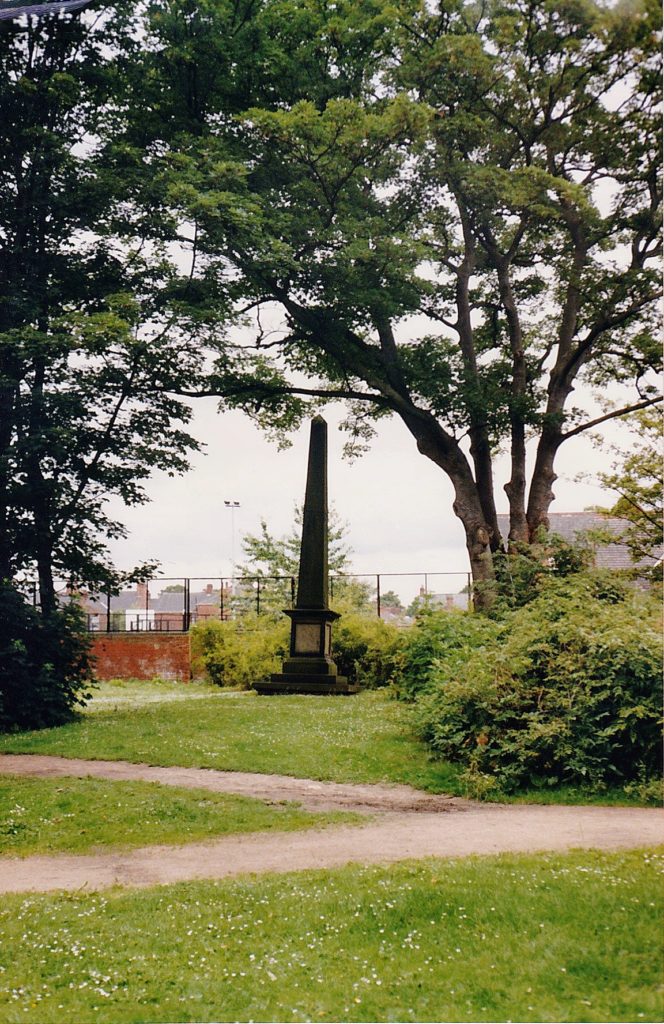
Inside the box
For they had found a box in the shrubbery near to the new cholera monument. Inside that box they found two dead children. Two female babies, One can imagine his shock at this news and his horror when he went to look for himself. He contacted the police immediately who arrived and took the children’s bodies away ‘to Newland to wait the Coroner’s request’.
He reported it to the Board but no more information is forthcoming in the Minute Books.
Child life expectation
However this was not a singular incident. It may well have been unusual in the confines of the Cemetery but the lives of children during this period could be short. The life expectancy in Britain in 1850 was 42 years. For the working class this would have been significantly lower, probably 28 years. And the life expectancy at this time was so low because of the large number of children who died before they reached the age of 5. Over 25% of children died before reaching the age of one. 40% of all the annual deaths in the Victorian period were of children under 5 years old.
The anonymous author of A Short History of the Hospital for Sick Children, Great Ormond Street, commented that to be an English baby at the beginning of the 20th century was ‘to occupy a position as perilous as that of a soldier going about to go into action’. With such statistics it is difficult to counter that claim.
Illegitimacy
Illegitimate babies were much more at risk. In the 1870s it was estimated that 35% of all such births in manufacturing towns died before the age of one. In London it was nearer 75%. It is highly likely that the children found in the Cemetery were illegitimate.
Let’s look at this crime a little. It is sad to say that in law, and probably in reality, this crime was seen as a ‘female crime’. Until 1803 the crime of infanticide was tried under the Bastardy Act of 1624. Under this act the mother had to prove, via witnesses, that the child had been born dead. Unless she could prove this she faced the death penalty, for it was a capital crime. Over time, as more and more juries failed to convict the accused for one reason or another, a new Act was proposed.
1803
This was the 1803 Act. This Act required the prosecution to prove that a murder had taken place. However if this could not be proved another option presented itself. The jury could return a verdict of ‘concealment of birth’. The penalty for this was from two months up to two years in prison.
Why would a woman conceal her pregnancy or the birth of a child? One of the many reasons why this would happen was the nature of Victorian society, especially towards unmarried mothers. Emsley in Crime and Society in England 1750-1900 states,
‘Most of the women brought before the courts charged with infanticide during the 18th and 19th centuries appear to have been young women, commonly servants, desperate to maintain their positions and their respectability’.
So babies were ‘routinely killed’. Carver in The 19th Century Underworld states,
‘The Thames held as many bodies as the Ganges’. He goes on to show a typical case he found in the Marylebone Mercury of August 1859,
‘The body of a baby boy was found floating in a water-butt of a house in Upper Boston Street. Attention had been alerted when the wife of a tenant noticed a peculiar taste in the water.’ It doesn’t bear thinking about does it? Yet, as the figures above show, this was a commonplace occurrence.
The New Poor Law
How did we get to this situation? The law didn’t help. The 1834 New Poor Law Act had a Bastardy clause. This said that all children born out of wedlock were the sole responsibility of their mothers. To gain a flavour of how the law saw such people the mothers of bastard children were described as ‘vicious’ in the legislation. It was hoped that the legislation would stop, ‘idleness, bastardy and beer drinking.’ But only in women as the Act wasn’t aimed at the other sexual partner!
Abortion
And, of course, in an attempt to avoid this scenario abortion rears its head. And we come back to the 1803 Act. Prior to that Act abortion was met with a fine or a short term of imprisonment. However if the child was terminated before ‘the quickening’ there was no penalty. The ‘quickening’ was deemed to be when the mother could feel the foetus move, around the 13th week of pregnancy.
By 1837 this loophole was removed. Under this Act, it was only the abortionist who committed a criminal act in conducting an abortion not the mother. This changed with the introduction of the Offences Against The Person Act 1861 which is still on the statute book. It encompasses such crimes as GBH and ABH. Under this Act both the abortionist and the woman were both deemed equally guilty. Abortion was removed as a criminal act by legislation in 1967.
Conclusion
However, the foetus still needed to be disposed of. Which is where the bodies in the cemetery may well have come from.
I’m sure that John Shields’ week must have become better. I wonder more about the poor girl who gave birth. Would she ever forget her dead children being left alone in a lonely place beside a monument to death from disease? In that context John Shields’ bad week was nothing in comparison. It was not a good anniversary for her. That girl had a heavy burden to carry for much longer than a week. Placed upon her by an uncaring society. A society lauded by some politicians and historians, even now, as a highpoint of civilization. Victorian values eh?

Pete Lowden is a member of the Friends of Hull General Cemetery committee which is committed to reclaiming the cemetery and returning it back to a community resource.


